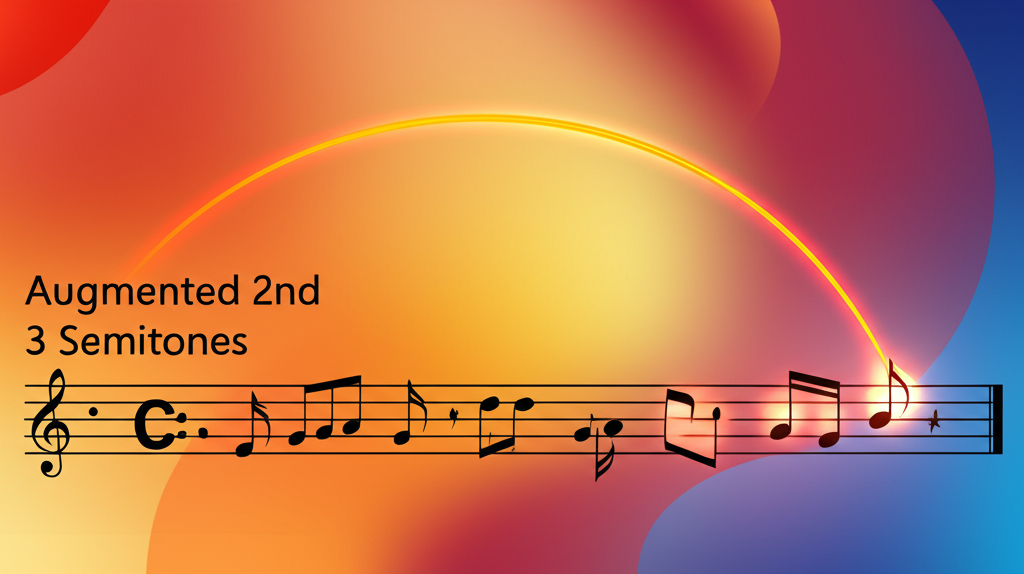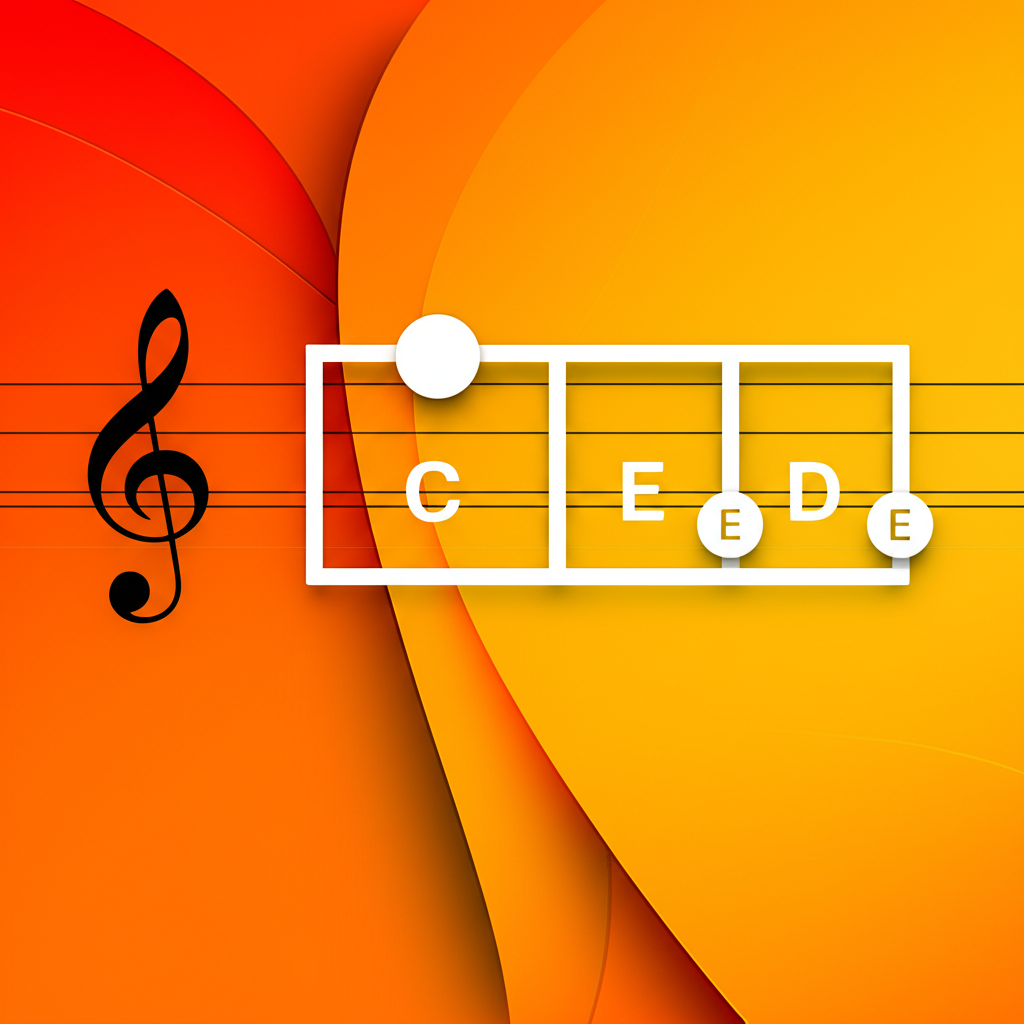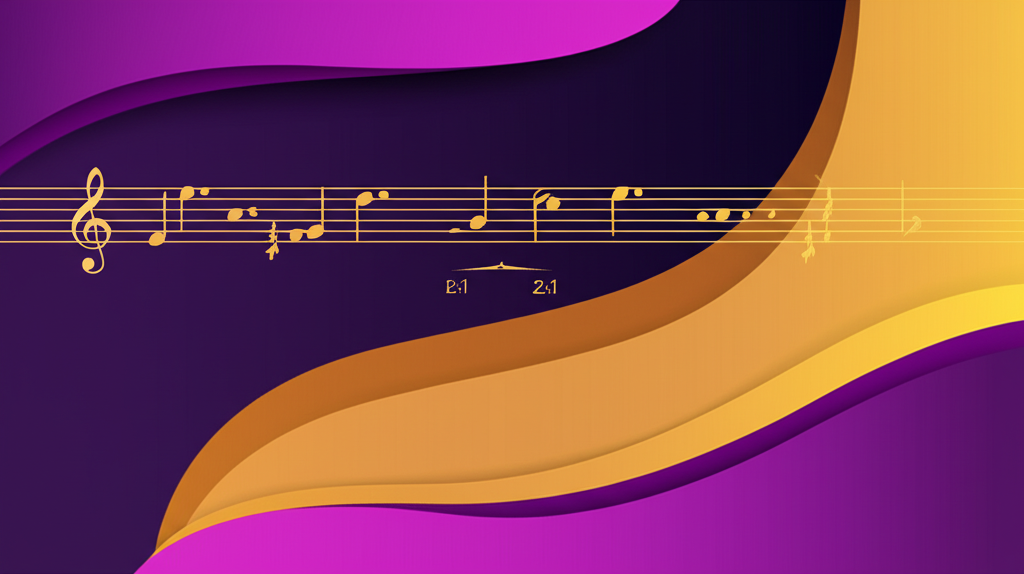
The In Sen Scale: Unlocking the Melancholic Beauty of Japanese Music

b4n1
June 14, 2025, 7:04 p.m.
The In Sen Scale: Unlocking the Melancholic Beauty of Japanese Music
Summary:
This article delves into the In Sen scale, a fundamental pentatonic scale that defines the sound of much traditional Japanese music. We will explore its unique intervallic structure, its use in historical and contemporary contexts, and how you can incorporate its evocative character into your own musical creations. Understanding the In Sen scale is essential for musicians and composers looking to broaden their harmonic palette with authentic world music sounds.
Keywords:
In Sen scale, Japanese music, pentatonic scale, music theory, world music, koto, shakuhachi, traditional music, Japanese scales, ethnomusicology.
Introduction:
Close your eyes and imagine the sound of a bamboo flute echoing through a misty mountain valley, or the delicate plucking of a koto in a serene temple garden. The melodies you hear are likely built from a unique set of notes that create a distinctively Japanese atmosphere. One of the most important of these is the In Sen scale (陰旋), a five-note scale that carries a sense of tension, melancholy, and profound beauty. Unlike the more common major and minor pentatonic scales of Western blues and rock, the In Sen scale's structure offers a completely different emotional flavor, making it a fascinating tool for any curious musician.
Definition and Classification:
The In Sen scale is a pentatonic scale, meaning it consists of five notes per octave. Its defining characteristic is the half-step interval between the root and the second degree, which is highly unusual in most common Western scales. This single interval is largely responsible for the scale's tense and evocative sound. The interval pattern for the In Sen scale is: Root, Minor Second, Perfect Fourth, Perfect Fifth, and Minor Seventh. Let's break down its structure in relation to the major scale: 1 - b2 - 4 - 5 - b7 And in terms of steps, the pattern is: Half Step - Major Third - Whole Step - Minor Third - Whole Step For example, an A In Sen scale would contain the following notes: A - Bb - D - E - G The In Sen scale is part of a larger system of Japanese scales (senpō) and is often contrasted with the brighter-sounding "Yo Sen" scale. The name "In Sen" itself translates to "Yin scale," reflecting its association with shadow, contemplation, and introspection in Daoist philosophy.
Examples:
Example in ABC Notation:
Here is the A In Sen scale, followed by a simple melody that demonstrates its unique character. Notice the close proximity of A and Bb (_B), which creates the scale's signature sound.
Practical Applications:
The In Sen scale is the melodic foundation for a vast amount of traditional Japanese music. It is prominently featured in music for the koto (a large zither-like instrument), the shakuhachi (an end-blown bamboo flute), and the shamisen (a three-stringed lute). The famous folk song "Sakura Sakura" is a classic example that uses a scale almost identical to the In Sen scale, showcasing its deep cultural roots. In modern times, the In Sen scale has been adopted by artists across various genres. It's a staple in film and video game scores aiming to create an authentic Japanese or East Asian setting (listen for it in soundtracks like *Ghost of Tsushima*). Furthermore, adventurous jazz musicians and rock guitarists, such as Marty Friedman, have integrated the scale's exotic sound into their improvisations and compositions to create fresh and exciting melodic lines.
Historical Figures:
While musical scales like In Sen often evolve organically over centuries rather than being "invented" by a single person, their popularization and codification can be traced to key figures. One such master was Yatsuhashi Kengyō (1614–1685). A blind shamisen player who later became a master of the koto, Yatsuhashi is considered the "Father of Modern Koto." He broke from traditions that reserved koto music for the court elite, composing new styles of music for the instrument, known as *kumi uta* and *danmono*. He developed new tuning methods for the koto, including the *hira-jōshi* tuning, which is closely related to the In Sen scale. His work helped establish the koto as a premier solo instrument and solidified the melodic language that would dominate its repertoire for generations.
Fun Facts:
The name "In Sen" (陰旋) literally means "Yin Scale," which is a direct contrast to its counterpart, the "Yo Sen" (陽旋) or "Yang Scale." In Daoist philosophy, Yin represents darkness, passivity, and the feminine, while Yang represents light, activity, and the masculine. This duality is audible in the music: the In Sen scale sounds melancholic and contemplative, while the Yo Sen scale (which resembles a major pentatonic) sounds bright and open. This philosophical underpinning gives a deeper layer of meaning to Japanese musical choices.
Conclusions:
The In Sen scale is far more than a simple sequence of five notes; it is a sonic key to a rich cultural and emotional world. Its distinctive half-step at the beginning of the scale creates a powerful melodic identity that is instantly recognizable and deeply evocative. By studying and experimenting with this scale, musicians can not only pay homage to Japanese musical traditions but also discover new pathways for their own creative expression. It serves as a potent reminder that the Western major/minor system is just one of many ways to organize sound. What new emotions or stories could you tell by incorporating the In Sen scale's unique voice into your music?
References:
Malm, W. P. (2016). *Traditional Japanese Music and Musical Instruments*. Tuttle Publishing.
Kishibe, S., & others. (2001). Japan. *Grove Music Online*. Retrieved from: https://www.oxfordmusiconline.com/grovemusic/view/10.1093/gmo/9781561592630.001.0001/omo-9781561592630-e-0000043335
Hewitt, M. (2013). *Musical Scales of the World*. The Note Tree.




























